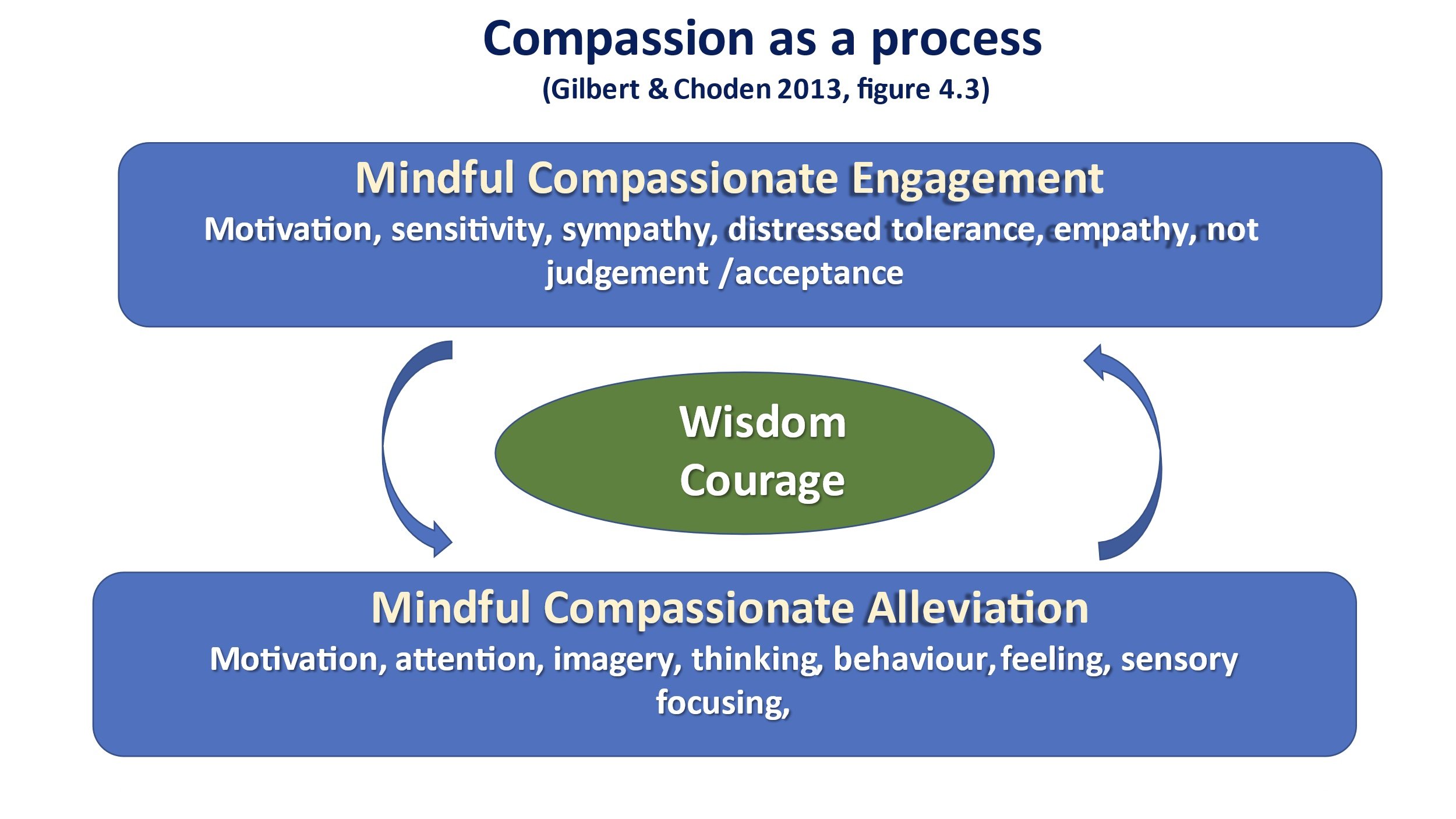By Lisa McLean
I work with adult survivors of childhood sexual abuse.
As I sat with a client reflecting on her therapeutic journey, affirming all the wonderful progress she had made as a result of her courage and commitment to change there was one comment I could not shake from my mind. “I no longer believe that I am to blame for what happened to me. I mean, I still have the feeling of shame, but I know it’s not my fault. I guess that feeling will never go away, but I feel like I can live with it better now.”
It was not the first time I had heard this sentiment from clients. Shame felt like the last, immovable barrier to healing. But I was discomforted by the off-handed way my client said it was something she would have to live with, as though the transferred ownership of shame was an inevitable legacy. The fact that she knew she was no longer to blame despite the persistence of shame, did not seem like a satisfactory consolation prize to me.
There had to be a way to shift even this most deep-seated shame, internalised since childhood, and reinforced by patriarchal social and cultural messages of victim blaming. I could not accept this as the fate of survivors of childhood sexual abuse. Thankfully, I discovered the healing power of self-compassion.
Initially, I was drawn to the work of Dr Deborah Lee. I will never forget the feeling of hope, excitement, and discovery whilst reading her book Recovering from Trauma using Compassion Focused Therapy (CFT)[1] and thinking ‘this is it; this is the missing piece of the therapeutic puzzle!’. Lee even validated the words of my client referring to the ‘head-heart lag’, where there is a discrepancy between what clients know in their head and what they feel in their heart. I was passionate to learn more.
CFT was developed by Professor Paul Gilbert. He defines compassion as “the sensitivity to suffering in self and others with a commitment to alleviate and prevent it “ [2]. Gilbert recognised the potential of compassion to counteract the debilitating impacts of shame and self-criticism and developed CFT specifically for this purpose.
The evolved function of shame is to alert us to the potential social threat of being rejected by our ‘tribe’ due to violations of social and cultural norms. As Dr Lee explains, “This social threat is highly linked to the experience of shame, disgust and humiliation. This means that we may believe that ‘who we are’ has been contaminated or damaged by our traumatic experience, or we may fear that other people will think less of us if they were to know what happened to us or what we went through”[3].
Shame can significantly impact our sense of self-worth. It can convince us that we are ‘less than’ in some way and that we are at constant risk of rejection. It can very hard to offer self- compassion if we do not believe we are worthy of it. It can be harder still if we have no (or limited) experience of receiving it, which is often the case for survivors of childhood sexual abuse.
The process of cultivating self-compassion is therefore not as simple as telling someone to ‘just be kinder to themselves’. It is not enough to rely solely on rational, cognitive processes. For many survivors of childhood sexual abuse, their sense of shame and trauma symptoms are not just something they ‘know’ in their mind but feel it in every part of their being. Therapeutic responses therefore need to be similarly embodied and offer survivors an alternative way for them to experience being with themselves.
Through the use of breath, body, and imagery practices as well as information to help provide a context and explanation for their trauma symptoms, compassion cultivation is able to target both the head and the heart. Through the lens of self-compassion survivors not only understand cognitively that what happened to them was not their fault, they are able to genuinely respond to themselves and all they have experienced with a sense of warmth, empathy, care, courage and wisdom, rather than shame, judgement, and criticism.
I now run CFT-based group programs for adult female survivors of childhood sexual abuse. This format provides an additional benefit of reducing isolation and allowing the flow of compassion to expand to the giving and receiving from others. Kristin Neff[4] identifies one of the core elements of self-compassion as shared humanity, an awareness that we are not alone in our suffering. When shame has evolved to make us fear rejection from the tribe, the experience of acceptance, non-judgement, and belonging offers a powerful alternative story. As Brene Brown[5] explains, shame survives on secrecy, silence, and judgment, but if you douse it with empathy (and compassion) it cannot survive. In a group context, survivors can lift the veil of secrecy and silence, feel heard and understood without judgement, and receive and offer empathy and compassion to each other.
A recent message from a participant (reproduced with permission) highlights the journey from head to heart, and the feeling of being released from shame and self-blame.
Loving my Self is no longer a string of words that I recite at a therapist’s suggestion. But a reality. I am worthy. I am good. I am not the problem nor the reason for all the trauma. AND I NEVER WAS.
We do not have to accept shame as an inevitable legacy of childhood sexual abuse.
Compassion is the antidote.
Lisa McLean is a registered psychologist, current PhD candidate, and Compassionate Mind Australia committee member.
[1] Lee, D. (2012). The compassionate mind approach to recovering from trauma using compassion focused therapy. London, UK: Constable & Robinson Ltd.
[2] Gilbert (2014) Gilbert, P. (2014). The origins and nature of compassion focused therapy. British Journal of Clinical Psychology, 53(1), 6-41. doi:10.1111/bjc.12043, p.19.
[3] Lee, D. A. (2012, p. 65).
[4] Germer, C. K., & Neff, K. D. (2013). Self-compassion in clinical practice. Journal of Clinical Psychology, 69(8), 856-867. doi:10.1002/jclp.22021
[5] TED Talk, Listening to Shame: https://www.ted.com/talks/brene_brown_listening_to_shame/transcript?language=en






















